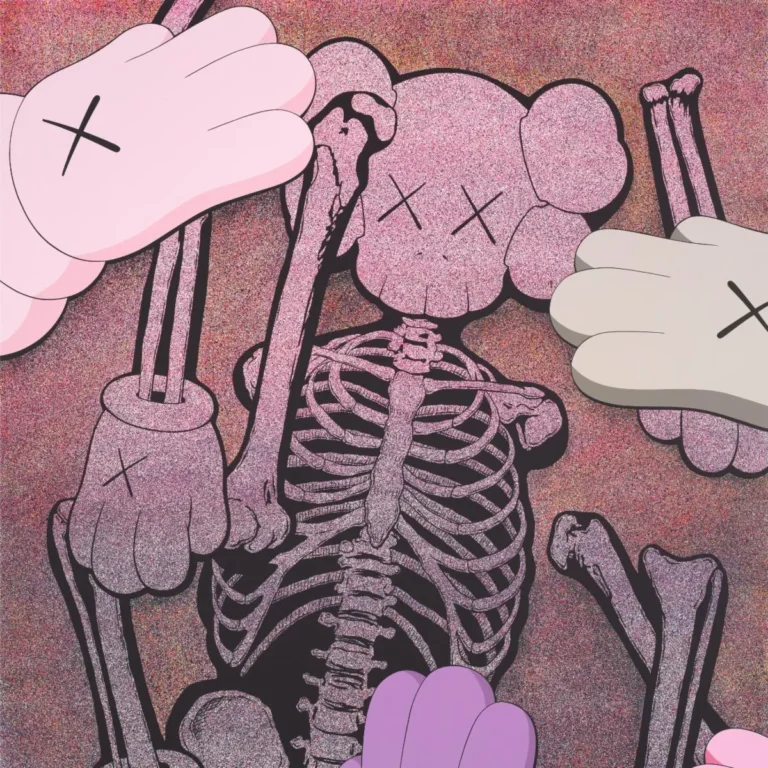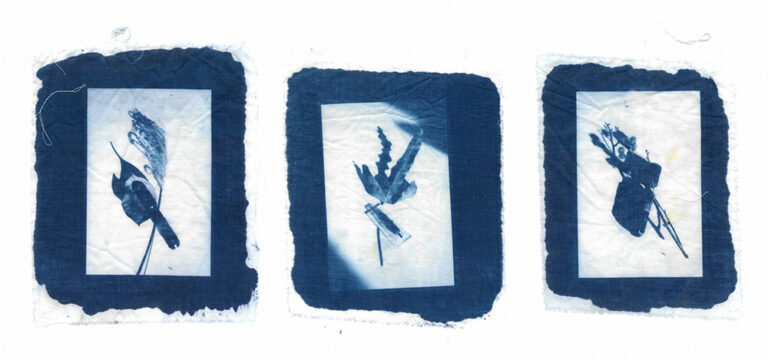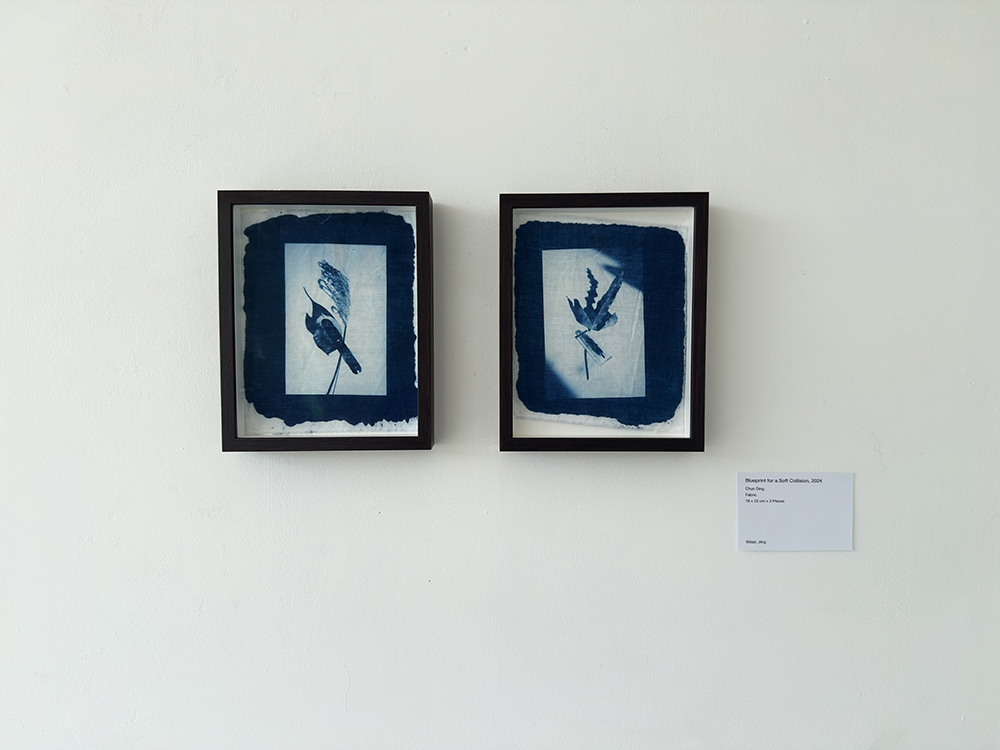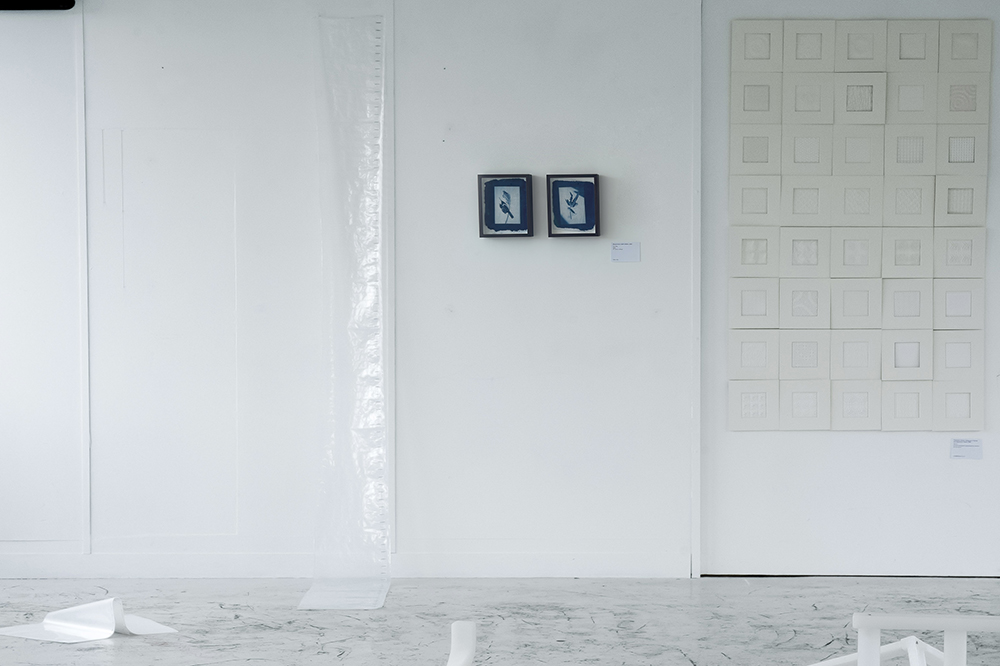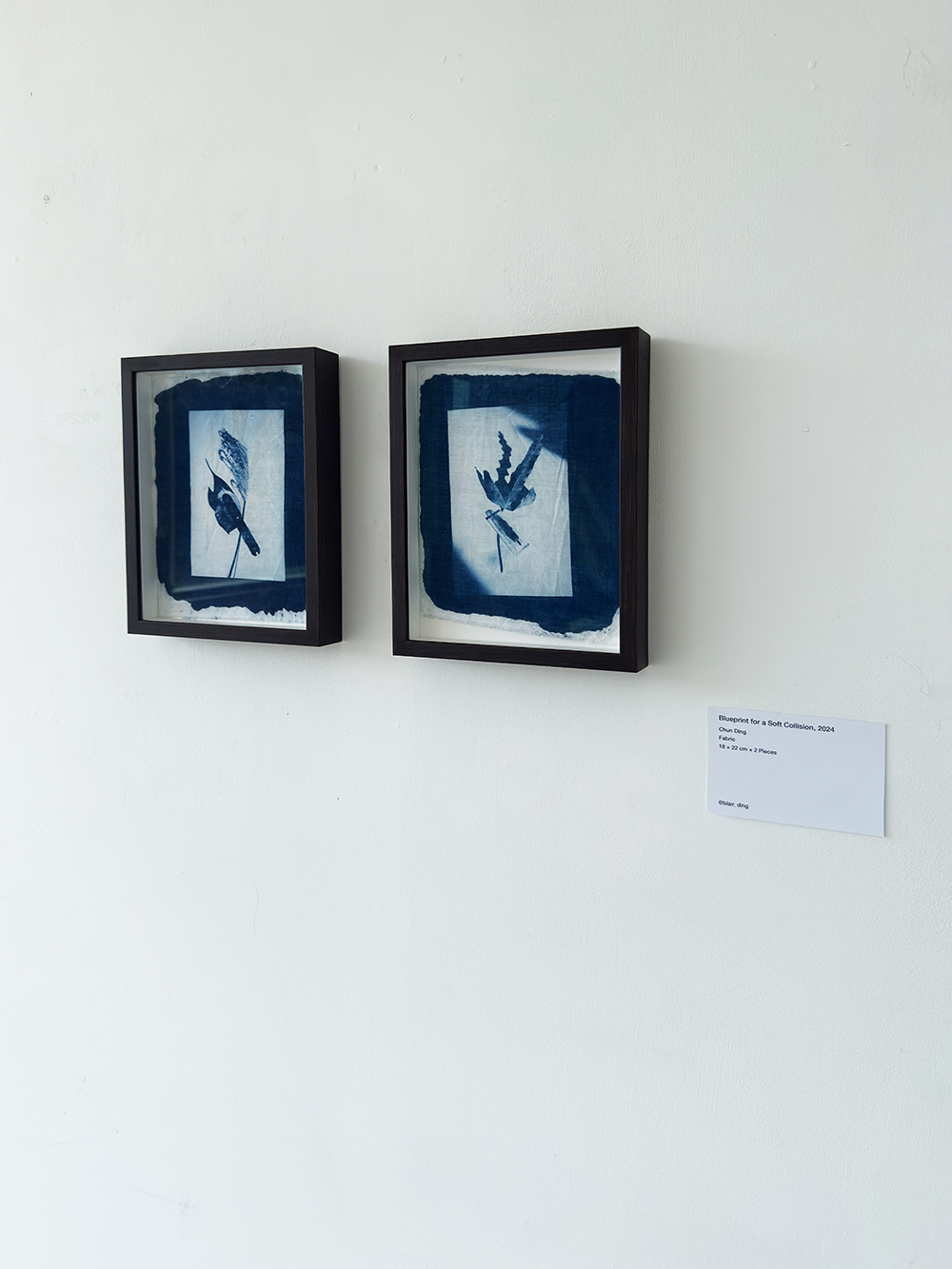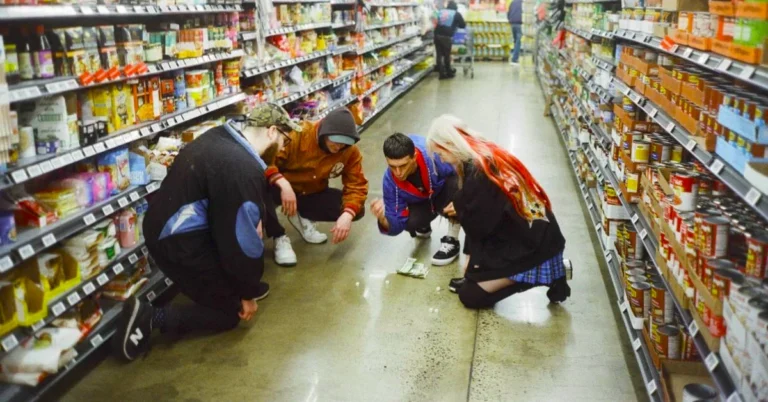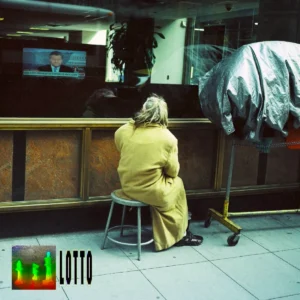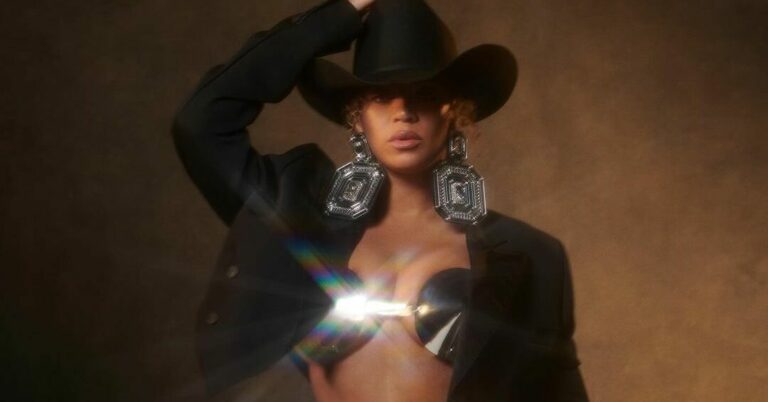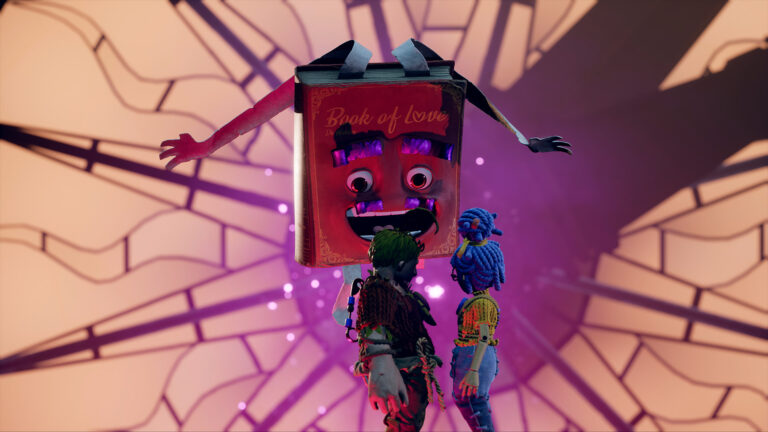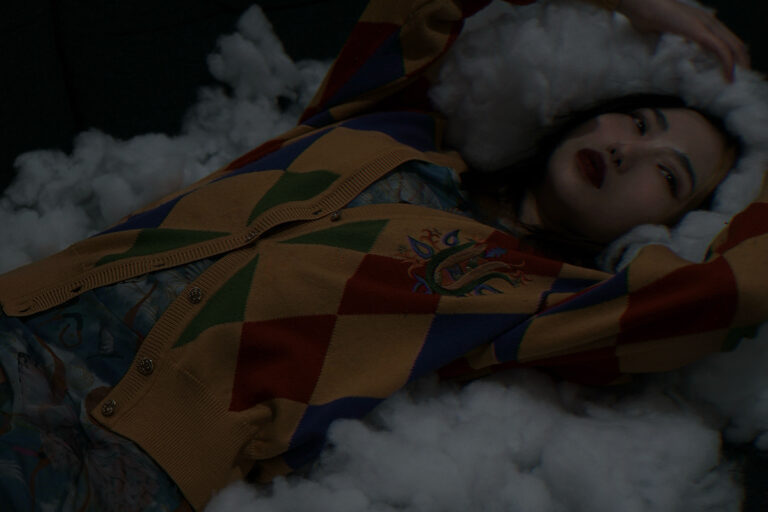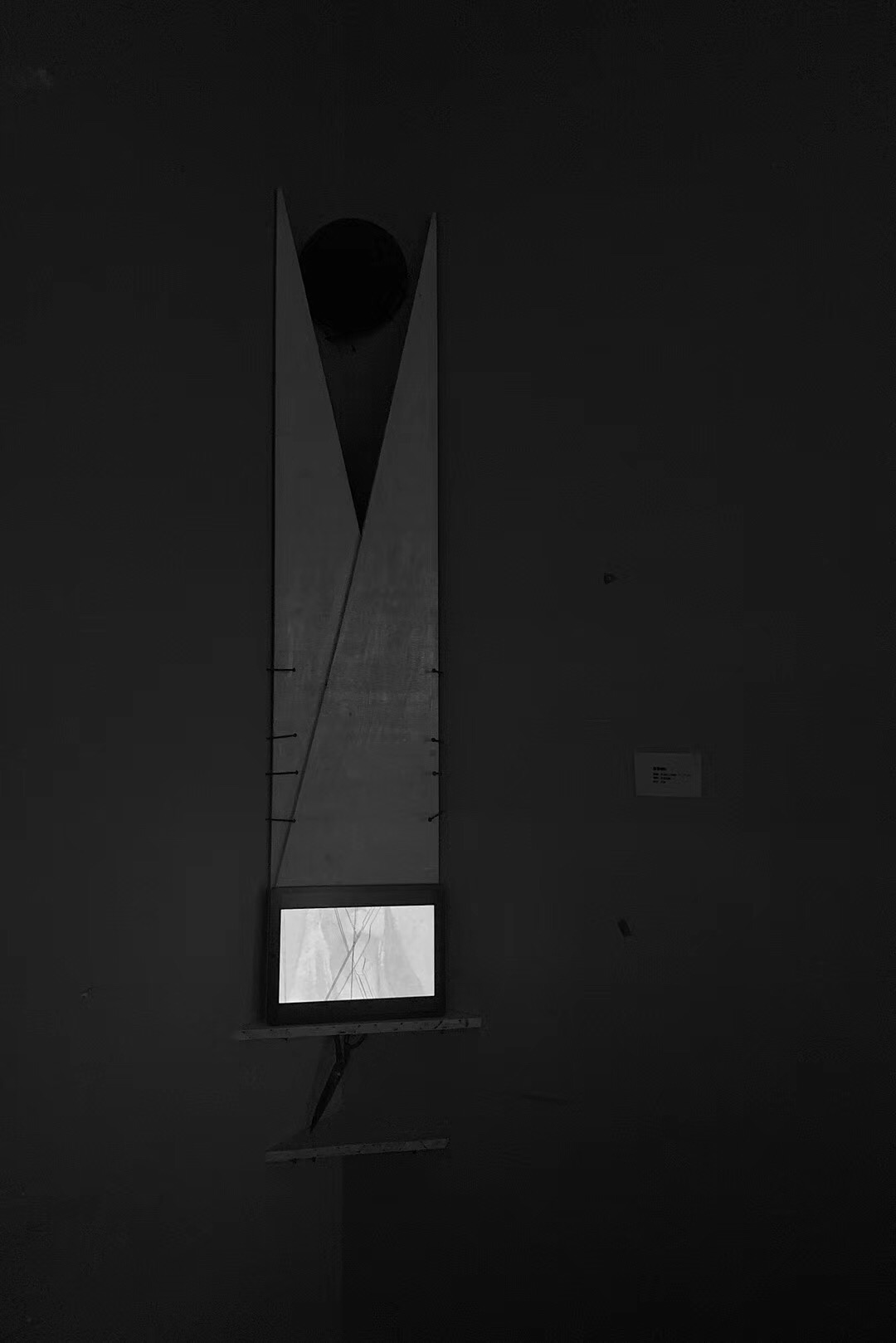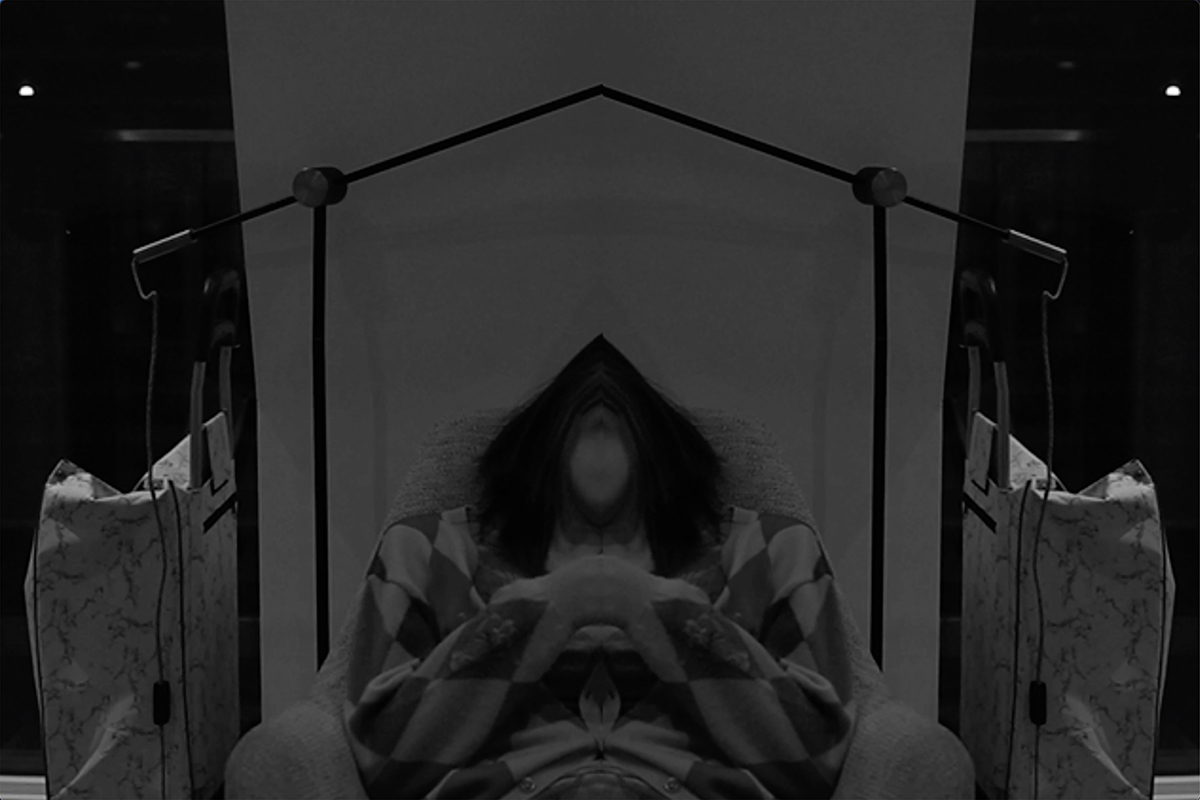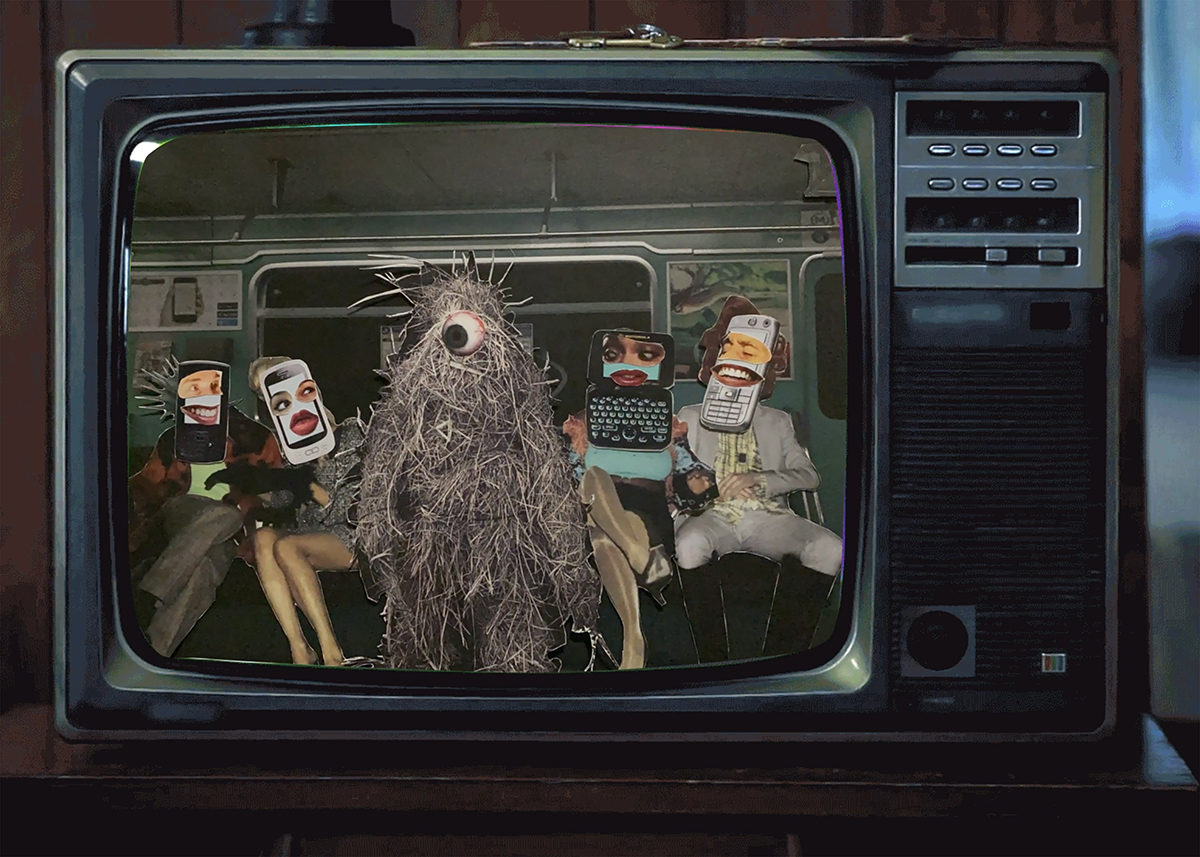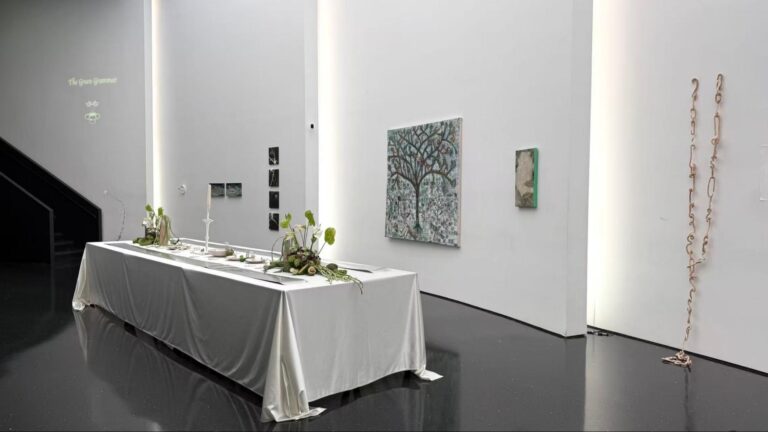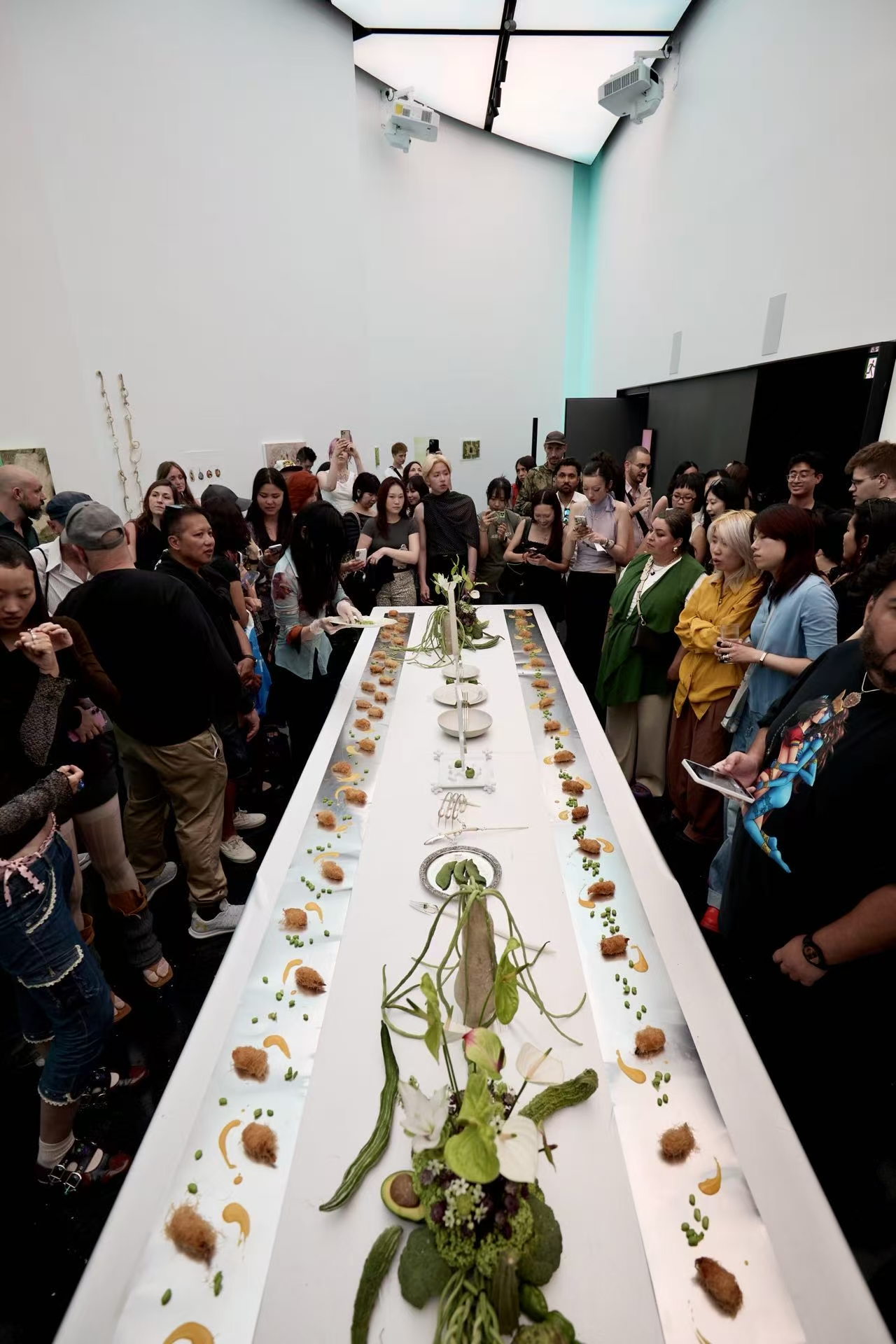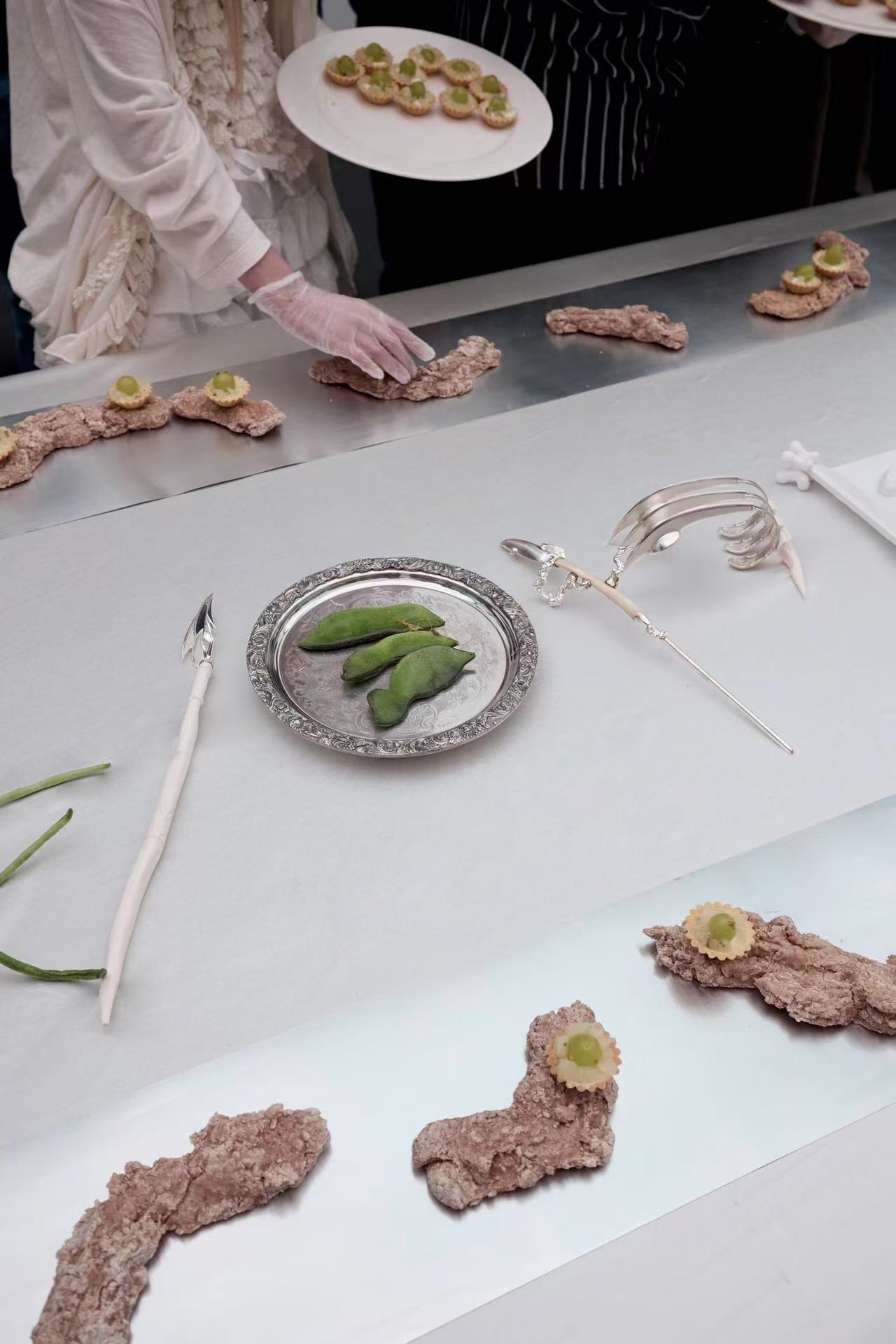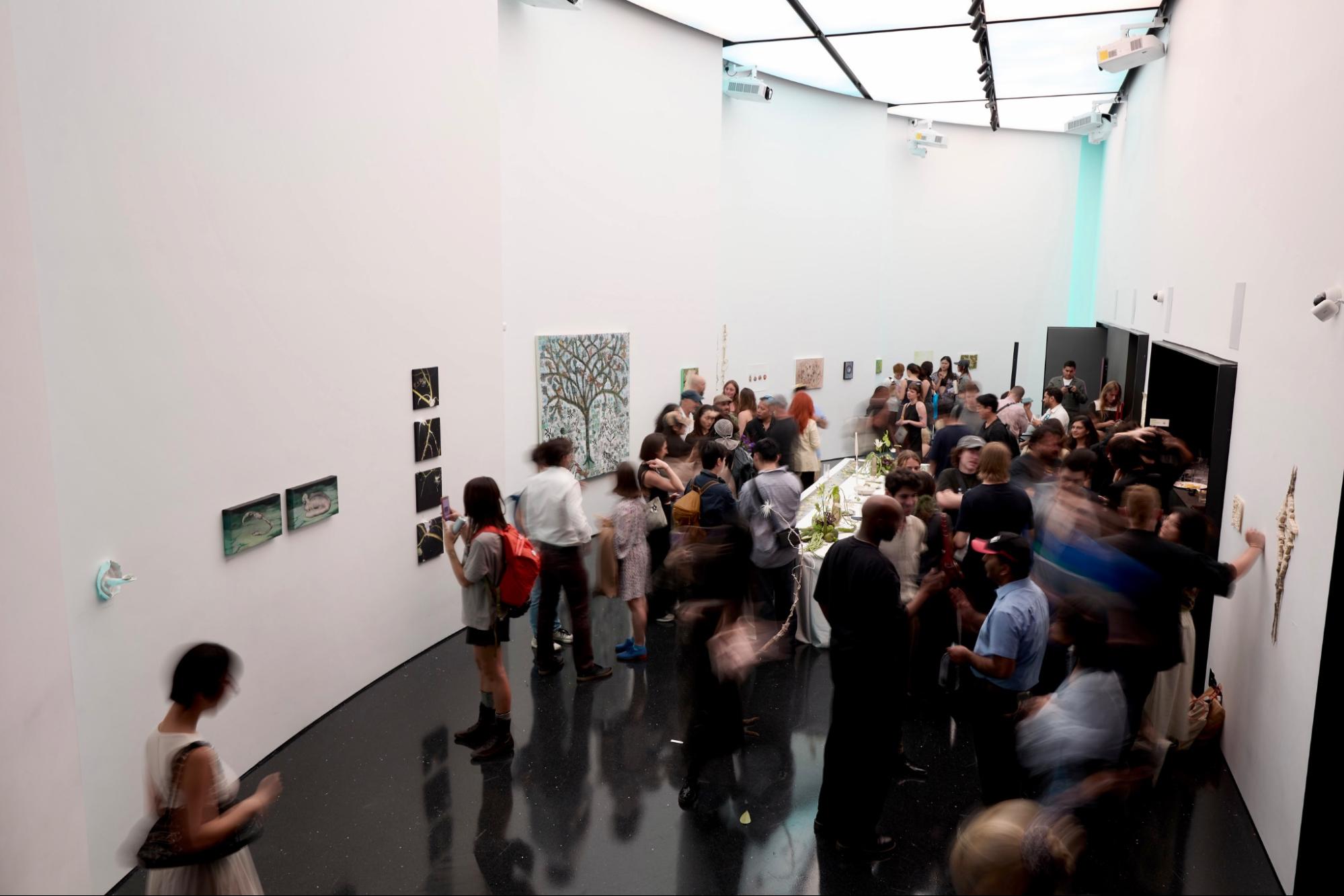Clipse aren’t back to claim their place in the contemporary hip-hop landscape. They may distinguish themselves from the window-shopping rappers of today, but they’ve got no such point to sell. A single listen through Let God Sort Em Out, Pusha T and Malice’s first album since 2009’s Til the Casket Drops, and it’s clear the Virginia Beach brothers are mostly just interested in recapturing the magic that happens when they team up with Pharrell, who produced the record in its entirety. As thrilling as it is to hear high-profile guests like Kendrick Lamar, Tyler, the Creator, and Nas leverage the celestial, larger-than-life – yet at times hollow – production to match the duo’s self-aggrandizement, it’s also an opportunity for them get real with each other, airing vulnerabilities as well as grievances. (Though it’s not exactly a 1:1 ratio.) Pharrell’s “This is culturally inappropriate” tag crops up one too many times, but the only culture the album’s concerned with is Clipse’s own. What’s changed is almost as enticing as everything – technical precision, chemistry, label drama – that’s stayed the same.
1. The Birds Don’t Sing
Clipse unexpectedly kick off Let God Sort Em Out with a grand, cathartic display of vulnerability. Pharrel sets the tone with somber piano before tracing a foreboding synth over Pusha’s verse, sounding virulent as ever yet humbled by the violent passage of time. Though it might be uncharted territory for Clipse, it’s a natural way for the brothers to find common ground and share emotional weight, reflecting on the near-simultaneous deaths of their parents. “You even told Dad you wished y’all never splitted/ See, you were checkin’ boxes, I was checkin’ my mentions,” Pusha admits. He sounds regretful but no less filled with gratitude than his brother, whose verse is more low-key but just as striking in its literalism: “‘I love my two sons’ was the code to your phone, now you’re gone.” The John Legend-assisted chorus bridges their separate but convergent perspectives, while Stevie Wonder shares some wise words at the end, hoping it won’t be too late by the time you take them to heart.
2. Chains & Whips [feat. Kendrick Lamar]
The first track to be previewed from the album – at the Louis Vuitton Spring/Summer 2024 runway, of course – ‘Chains & Whips’ is made up of solid parts but feels tonally awkward, as none of them reach – or at least work together towards – the same level of menace. It’s Kendrick Lamar, more dramatic than the duo and sweeping through Pharrell’s tame beat, that delivers the most withering diagnosis: “Let’s be clear, hip-hop died again. Half of my profits may go to Rakim/ How many Judases done let me down?”
3. P.O.V. [feat. Tyler the Creator]
Clipse and Pharrell nail the sinister tone on this one, aided by an especially entrancing hook by Pusha. The Tyler, the Creator feature fits snugly after Kendrick’s, armed with a sneaky bit of self-aggrandizement: “I need God to play the lead in my biopic.” It’s followed immediately a diss that you don’t need much context to unpack: “When you become the Devil or the tap dancing negro/ I came to terms that I’ma probably outgrow my heroes.” Meanwhile two of them are standing right by his side.
4. So Be It
Both Pusha and Malice are unsparing in their ruthlessness on ‘So Be It’, which is elevated by a dizzying interpolation of ‘Maza Akoulo’ by Talal Maddah. But the most memorable lines come from Pusha, taking a shot (as we’ve long known) – at Travis Scott: “You cried in front of me, you died in front of me/ Calabasas took your bitch and your pride in front of me.”
5. Ace Trumpets
The first line of the hook, “Ballerinas doin’ pirouettes inside of my snow globe,” has the wooziness of a billy woods, but Pharrell naturally infuses the beat with real opulence. A few dustier edges wouldn’t hurt, but it’s not like Pusha or Malice struggle living up to it. In fact, few songs on Let God beat the chemistry they showcase here; Malice’s verse would sound drowned by shallow pop culture references coming from most rappers (“Drugs killed my teen spirit, welcome to Nirvana”), but he just sounds good. You don’t doubt for a second they aren’t on the same wavelength.
6. All Things Considered [feat. The-Dream]
Over a satisfyingly shadowy beat, the two rappers take a step back and reflect, sins and all. This is where Malice shines best, blurring the language of shame with that of a comeback: “The only sin left is to flirt with vengeance/ Made my exit just to make my entrance/ Revolving door, maybe I can make a difference.” The-Dream’s closing verse is a little lackluster, but it’s over before you know it.
7. M.T.B.T.T.F.
Let God Sort Em Out is filled with evidence that Clipse are back to do what they do best, but ‘M.T.B.T.T.F.’ scans as a reminder of how much they actually love it. The duo can incite beef all they want, but not even their ominous theatrics beat their sense of humour, with instantly quotable lines like “The Bezos of the nasal, that’s case closed.” The a cappellas that open each verse are proof they don’t need blockbuster backing, but Pharrell sure knows how to weave a beat around them.
8. E.B.I.T.D.A.
Two minutes where the stakes feel low are necessary on an album that borders on overproduced, but not enough for Pusha to get sleepy with it. “My third passport, I ain’t seen enough/ If you can breathe up there, it ain’t steep enough,” he raps, raising the bar for himself more than anyone else.
9. F.I.C.O.
Griselda affiliate Stove God Cooks delivers a killer hook that’s gutsier than most anything on Let God. “You don’t know what I know/ You ain’t seen what I saw” compels both Pusha and Malica to dredge up captivating stories that end, equally eerily, with “whispering ‘die slow’” and “dum diddy dum diddy dum.”
10. Inglorious Bastards
The chemistry between Clipse and longtime Re-Up Gang affiliate Ab-Liva is as undeniable as it is between the brothers, rendering ‘Inglorious Bastards’ a thrilling highlight for those truly anticipating their return. The kind of song that can make waiting for 16 years sound like no time has passed.
11. So Far Ahead
The switch between the gospel hook and buzzing synths is jarring, but rather than accentuating the titular premise as delivered by Pharrell, it just puts him at a distance. There’s something oddly corporate and unaffecting about it, a hollowness Clipse can’t quite make up for.
12. Let God Sort Em Out/Chandeliers
Now here’s a beat switch that actually works for the right reasons, or just one: Nas flexing. He doesn’t need to brag about being so far ahead. “The difference between regular spitters and bosses/ My principles’ high/ You need a glimpse of me from satellites in orbit,” he raps over some fittingly intergalactic production.
13. By the Grace of God
Pharrell’s chorus is once again a little grating, and Clipse don’t quite save the best for last, but ‘By the Grace of God’ at least ends the album with the same sincerity as its opener. While Pharrell sings about empires crumbling and falling, Pusha’s pre-chorus is all about crews breaking apart, and it’s these points of rupture that haunt Malice’s verse. His “Hard for me to breathe again” line brings to mind Pusha’s “If you can breathe up there, it ain’t steep enough,” but one thing’s certain: Clipse are willing to make the climb.
